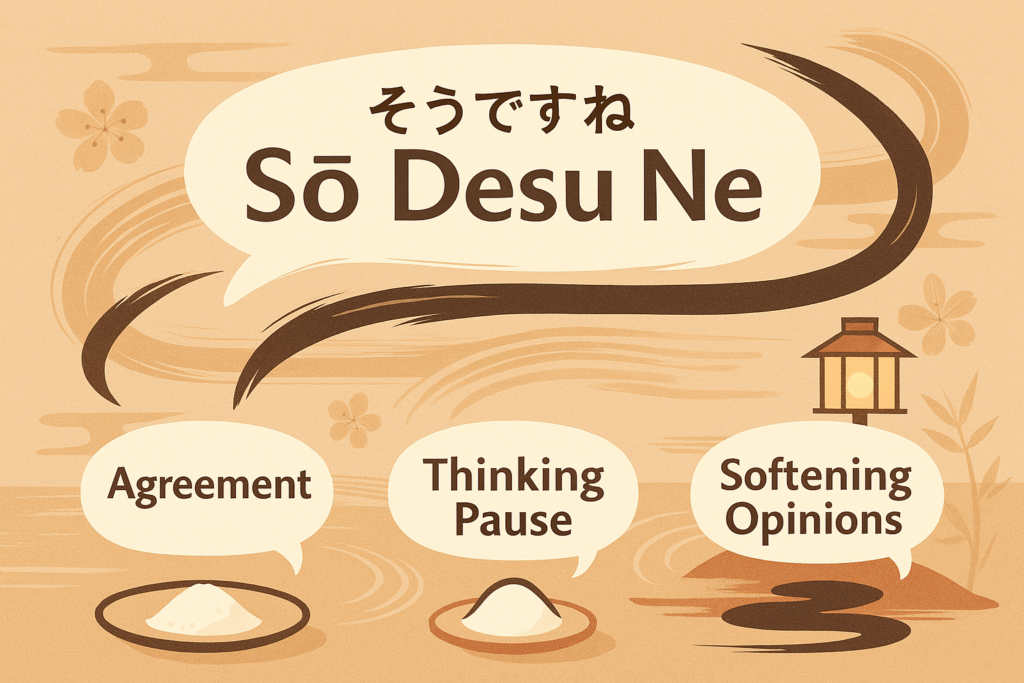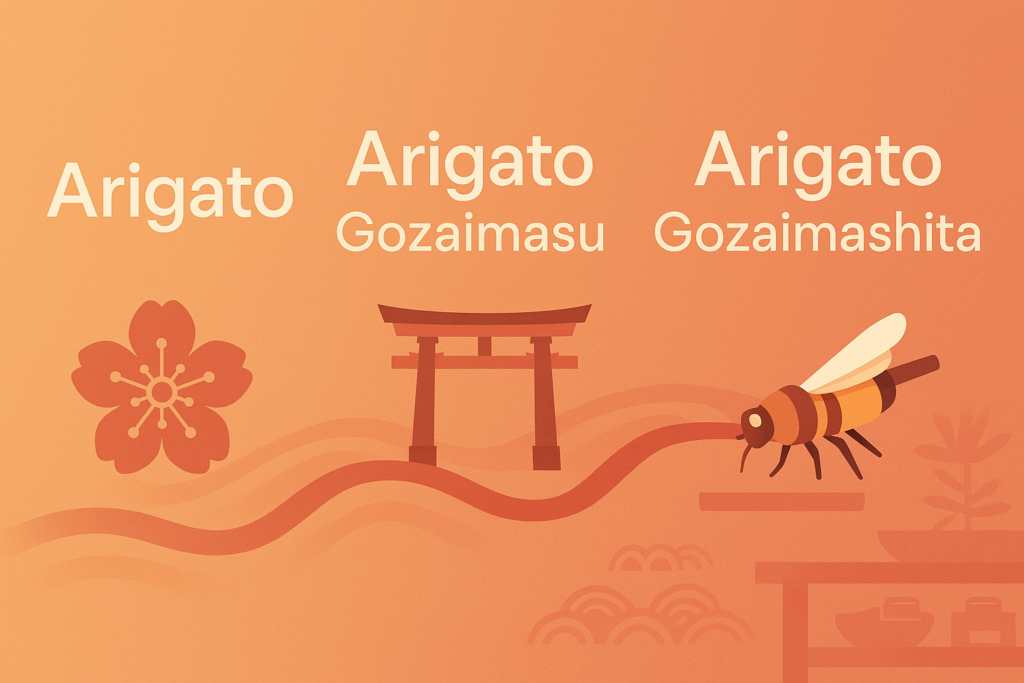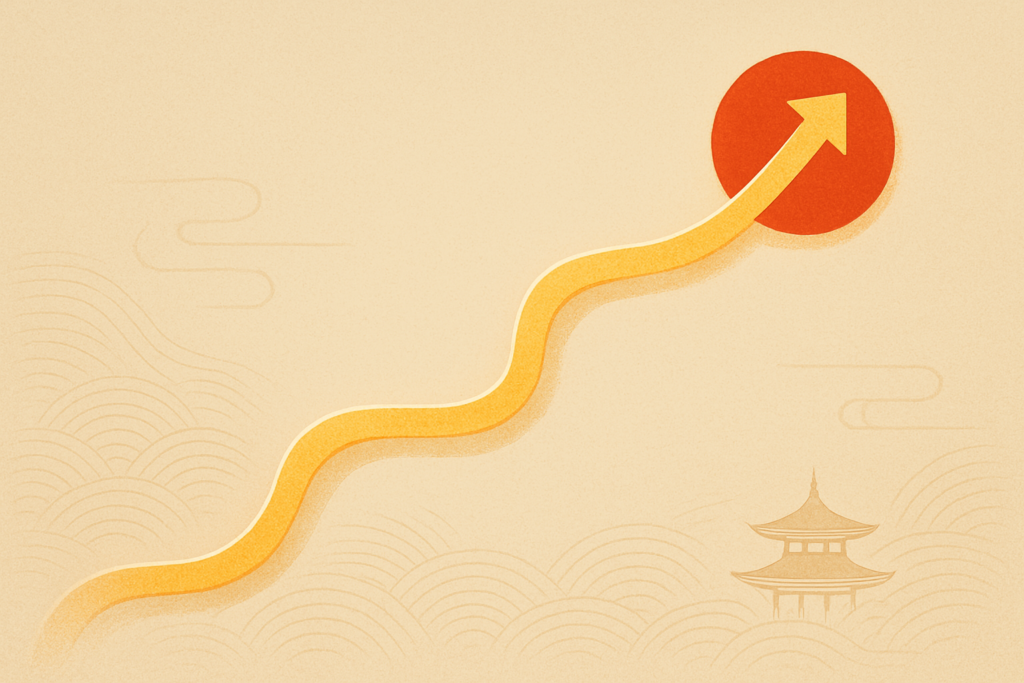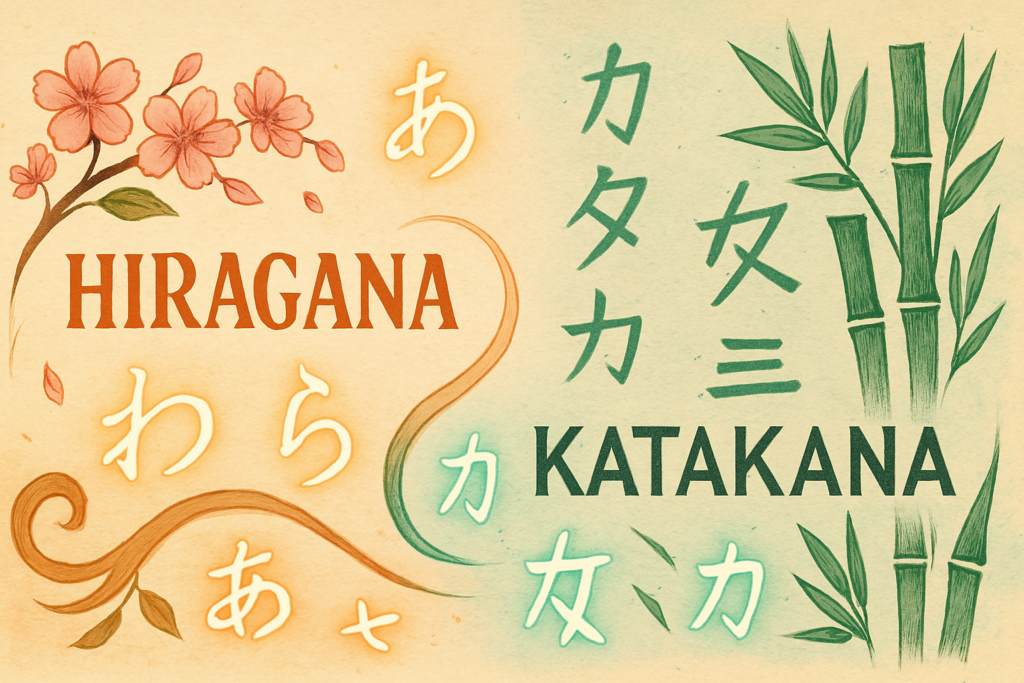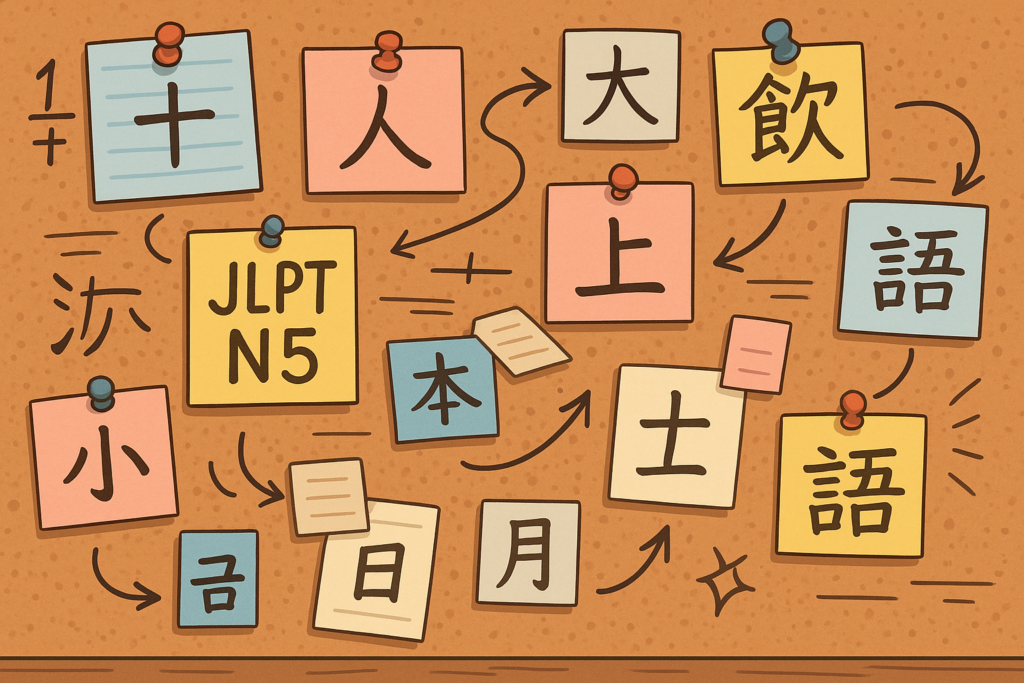Top Japanese Filler Words for Fluent Conversations
Have you ever found yourself watching anime or Japanese dramas, understanding most of the vocabulary but still feeling like something’s missing from your own Japanese conversations? That natural, flowing quality native speakers have might seem elusive—until you discover the secret role of Japanese filler words. These small but mighty expressions are the unsung heroes of […]
Top Japanese Filler Words for Fluent Conversations Read More »



